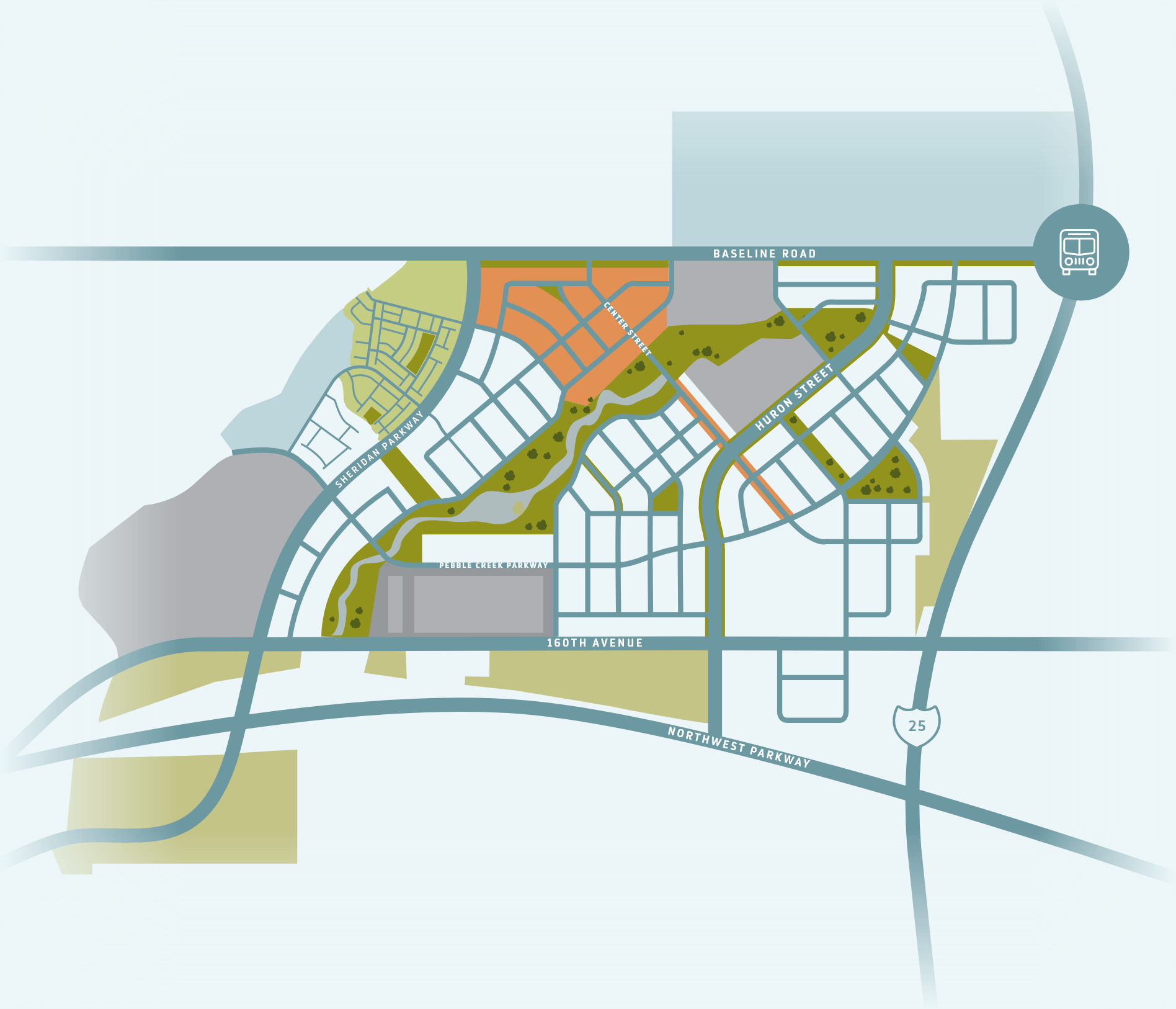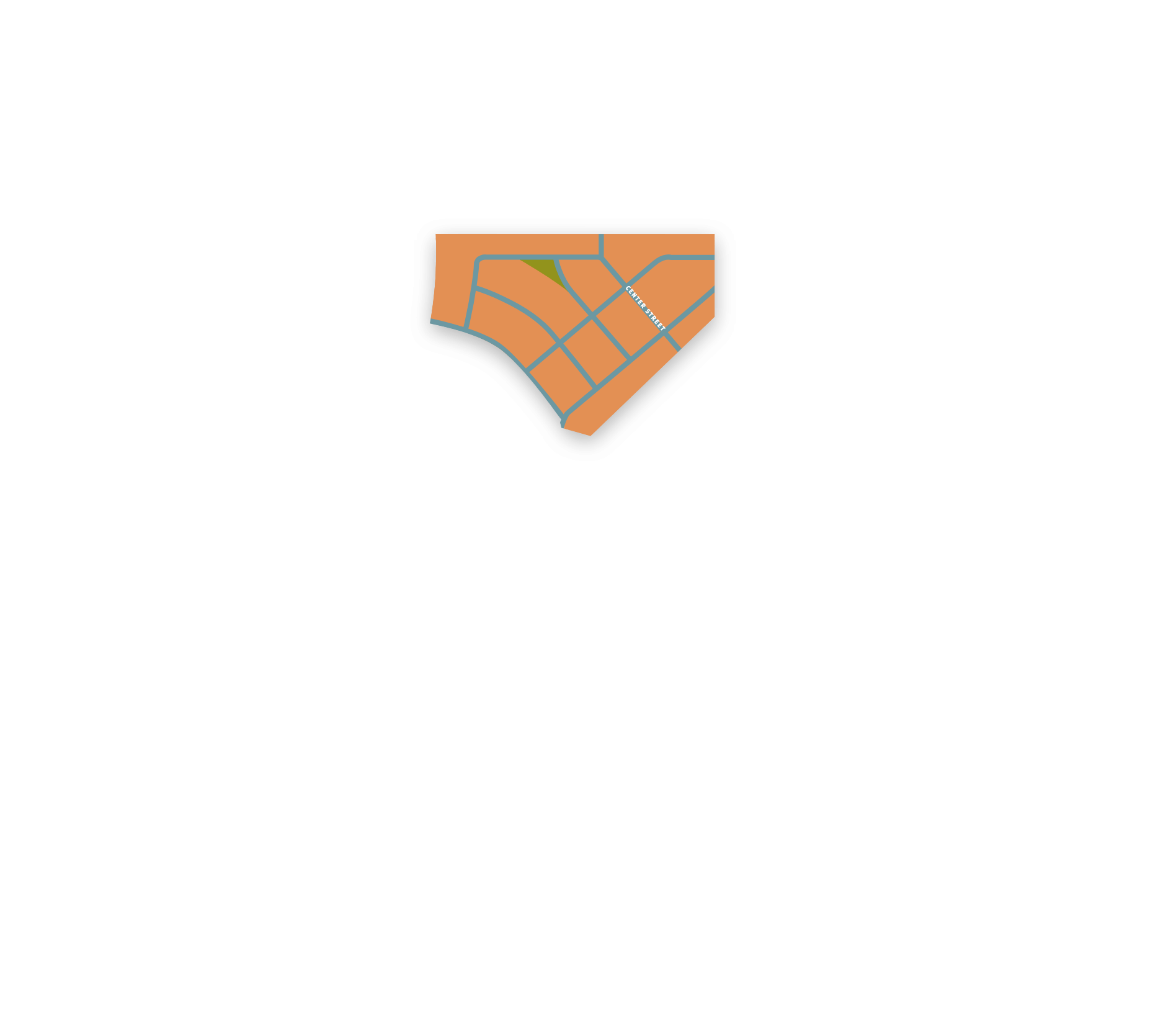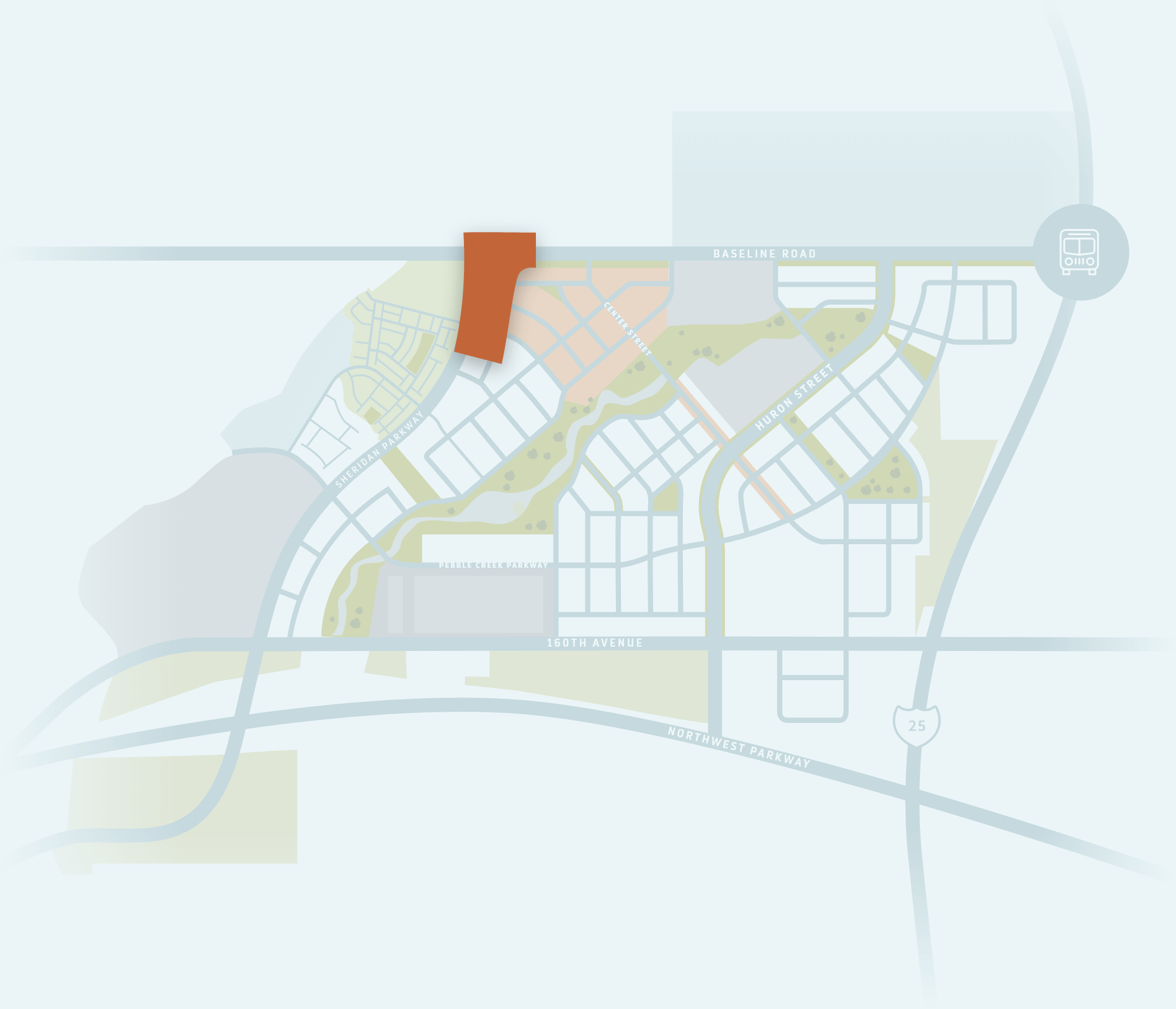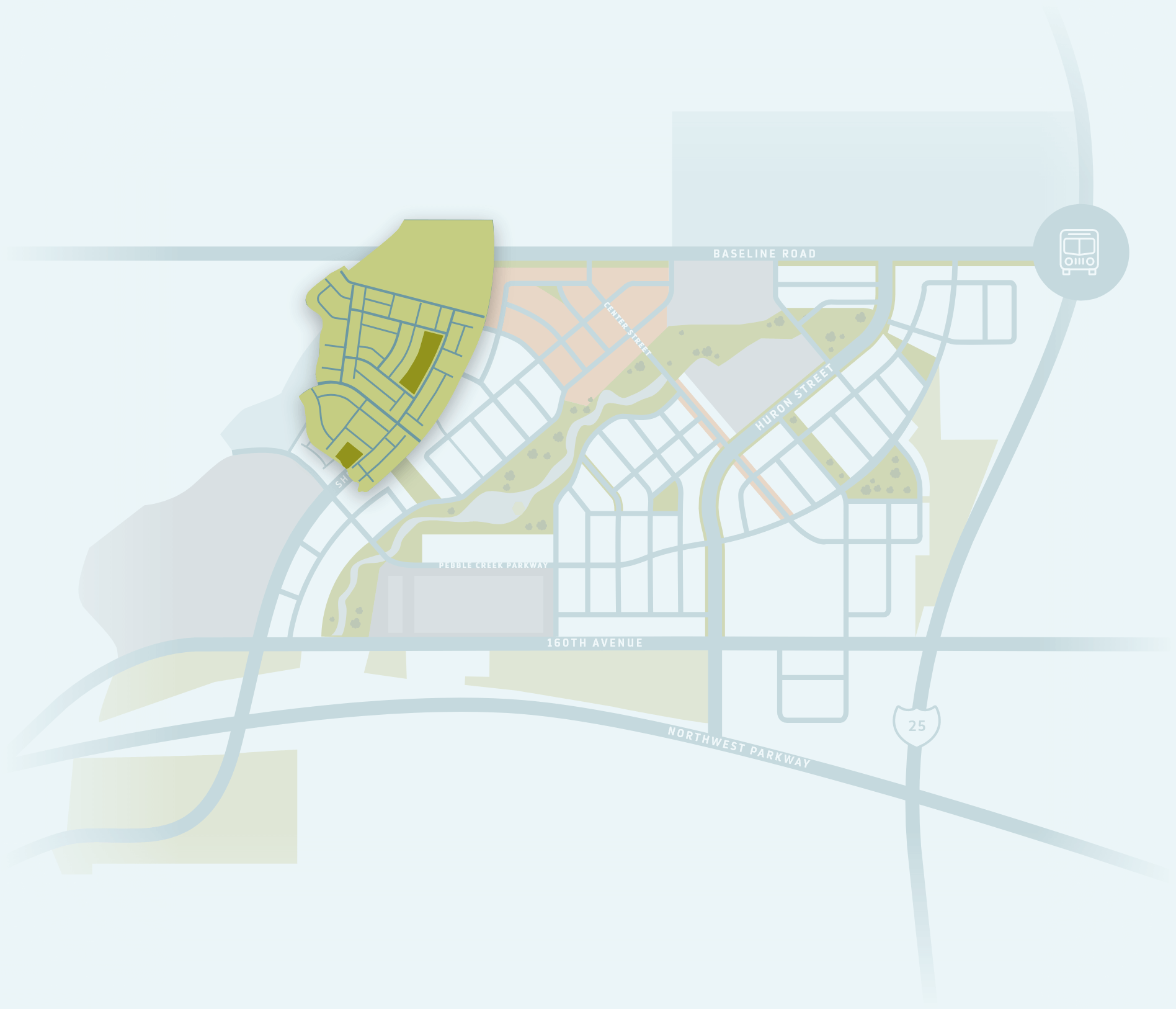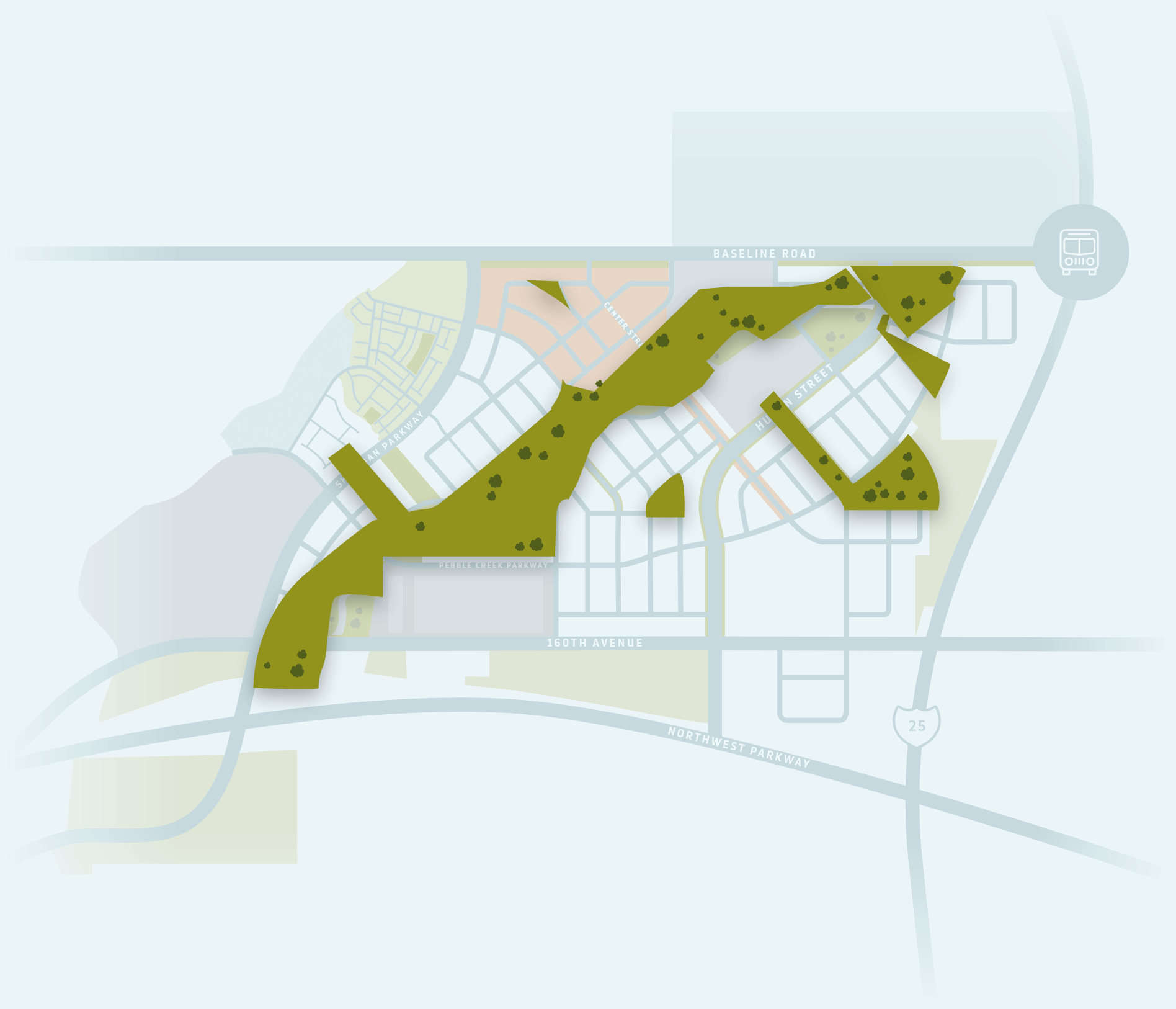Depth Perception
Depth perception may be the artistic capability to perceive the planet in three measurements, along with the capacity to gauge what lengths away an object is. Depth perception, size, and distance are ascertained through both monocular (one attention) and binocular (two eyes) cues. Monocular eyesight is bad at determining level. Whenever a picture is projected onto a solitary retina, cues concerning the general size of the thing when compared with other items are acquired. In binocular eyesight, these general sizes are contrasted, since every person attention is seeing a somewhat various image from a unique angle.
Convergence: The train tracks look as if they arrive up to a solitary part of the length, illustrating the idea of convergence.
Level perception relies in the convergence of both eyes upon an object that is single the general differences when considering the design and measurements regarding the pictures for each retina, the general measurements of items with regards to one another, along with other cues such as for instance texture and constancy. For instance, form constancy permits the given individual to see an object as being a constant form from various angles, to ensure that each attention is acknowledging just one shape and never two distinct pictures. Once the input from both eyes is contrasted, stereopsis, or perhaps the impression of level, happens.
General Measurements of Things
Ebbinghaus impression: The Ebbinghaus impression illustrates the way the perception of dimensions are changed by the general sizes of other things. The 2 center sectors would be the size that is same though they might be recognized to be varied sizes.
Size and distance of things will also be determined with regards to one another. Visual cues (for example, far-away items showing up smaller and near items showing up bigger) develop during the early many years of life. Convergence upon a point that is single another artistic cue providing you with information on distance. As things move further away in to the distance, they converge as a solitary point. A typical example of this could be noticed in the image of train songs vanishing into the length.
Optical illusions, like the Ebbinghaus illusion, show how our perception of dimensions are modified by the general sizes of other things all around us. The size of the center circles is the same, but looks different due to the size of the surrounding circles in the Ebbinghaus illusion.
First-Order Movement Perception
First-order motion perception happens through specific neurons found in the retina, which track movement through luminance. Nevertheless, this sort of movement perception is restricted. an item needs to be straight while watching retina, with movement perpendicular to your retina, to become regarded as going. The motion-sensing neurons detect a modification of luminance at one point from the retina and correlate it with a modification of luminance at a neighboring point from the retina following a delay that is short.
Second-Order Motion Perception
Second-order movement perception happens by examining the alterations in an things position that is time through function monitoring in the retina. This method detects movement through alterations in size, texture, comparison, as well as other features. One advantage to feature-tracking is motion may be divided both by movement and also by blank periods where no movement is happening. This kind of movement perception could be used to work out how fast one thing is going toward you—TTC, or “time to contact.”
Artistic Illusions
Artistic illusions provide understanding of just just how movement is recognized. The phi trend can be an impression involving a sequence that is regular of impulses. As a result of first-order movement perception, the  luminous impulses are seen as being a frequent motion. The phi trend describes just how very very early animation worked: it involves using a number of still pictures that modification somewhat, and going through them quickly so your image seems to be going, as opposed to the variety of nevertheless pictures it is.
luminous impulses are seen as being a frequent motion. The phi trend describes just how very very early animation worked: it involves using a number of still pictures that modification somewhat, and going through them quickly so your image seems to be going, as opposed to the variety of nevertheless pictures it is.
Phi occurrence: within the phi occurrence, it would appear that the section that is unlit “moving” around the group in the place of a number of light light bulbs venturing out one at any given time.
Another illusion that is visual the barber pole illusion. A barber pole is rotated along the x-axis, but the diagonal stripes appear to move along the pole in a vertical fashion (y-axis) that is inconsistent with the actual direction the pole is turning in in the barber pole illusion. The barber pole impression additionally shows exactly how movement is recognized through first-order perception, which just views motion as consistent. The aspect that is feature-tracking of perception will not perceive the effects of a movement; it perceives motion as stroboscopic, or as a number of nevertheless pictures.
Barber pole impression: within the barber pole impression, a barber pole is rotated over the x-axis, nevertheless the diagonal stripes may actually go down the pole’s y-axis in a manner that is inconsistent utilizing the direction that is actual pole is submiting.
Priming
The perceptual learning of unconscious processing happens through priming. Priming happens when an unconscious reaction to a short stimulus impacts reactions to future stimuli. One of several classic examples is term recognition, as a result of a number of the earliest experiments on priming during the early 1970s: the task of David Meyer and Roger Schvaneveldt revealed that individuals decided that a sequence of letters ended up being a term once the letters accompanied an associatively or semantically relevant term. As an example, NURSE ended up being recognized faster when it adopted PHYSICIAN than when it used BREAD. It is among the easiest samples of priming. Whenever information from a short stimulus comes into mental performance, neural paths related to that stimulus are activated, an additional stimulus is interpreted throughout that context that is specific.
Experience impacts the activation of neural sites: whenever information from a preliminary stimulus gets in the mind, neural paths connected with that stimulus are triggered, and also the stimulus is interpreted in a manner that is specific.
An example of priming is within the childhood game Simon states. Simon has the capacity to fool the players as a result of priming. By saying “Simon says touch your nose,” “Simon claims touch your ear,” and so forth, individuals are primed to adhere to the “Simon says” way and therefore are expected to slip up whenever that expression is omitted it to be there because they expect.
An additional instance, people in research had been primed with basic, courteous, or rude terms prior to an meeting by having a detective. Priming the individuals with terms before the interview triggered the circuits that are neural with responses to those terms. The individuals who had previously been primed with rude terms interrupted the detective most frequently, and people primed with courteous terms did therefore the least often.
